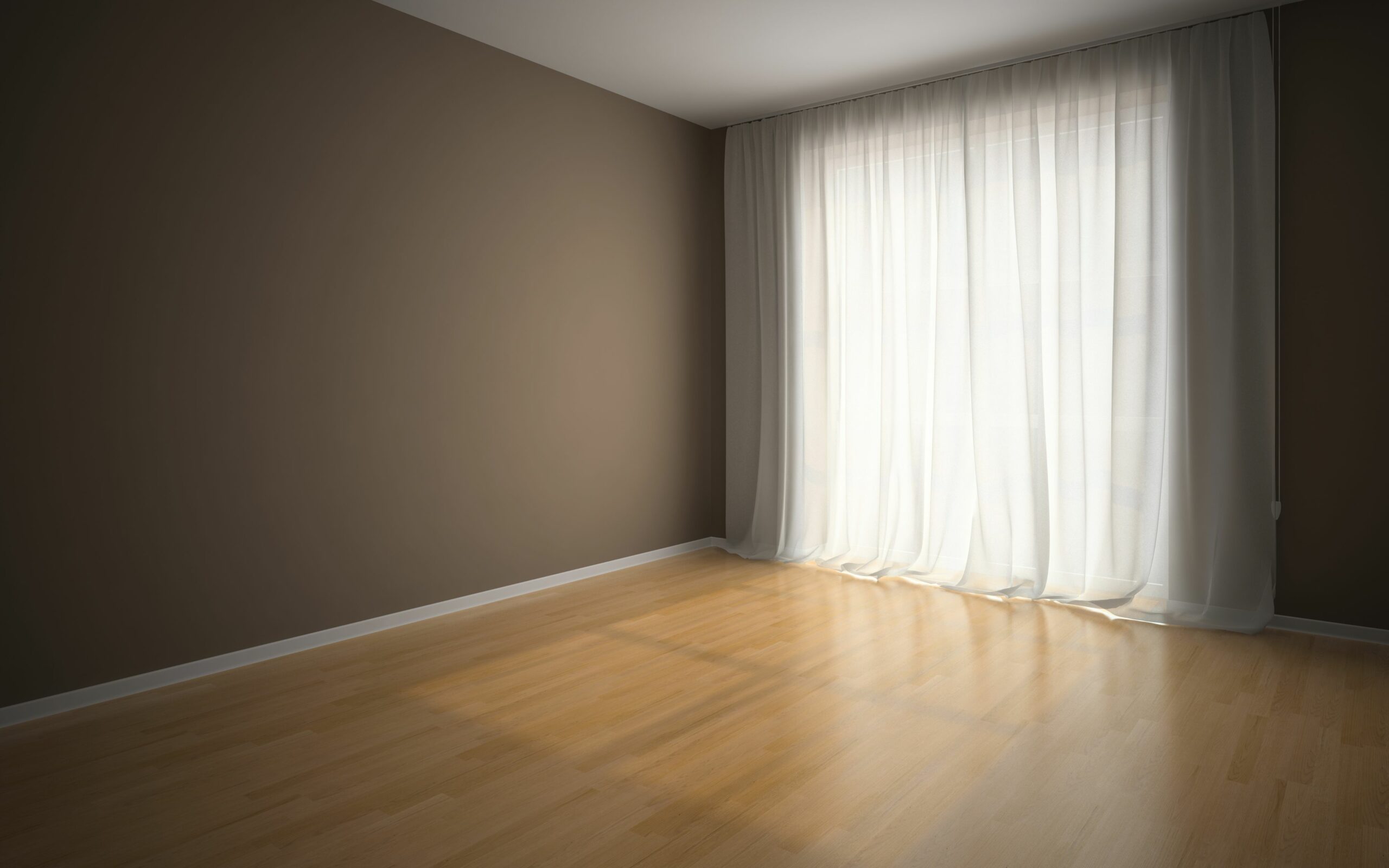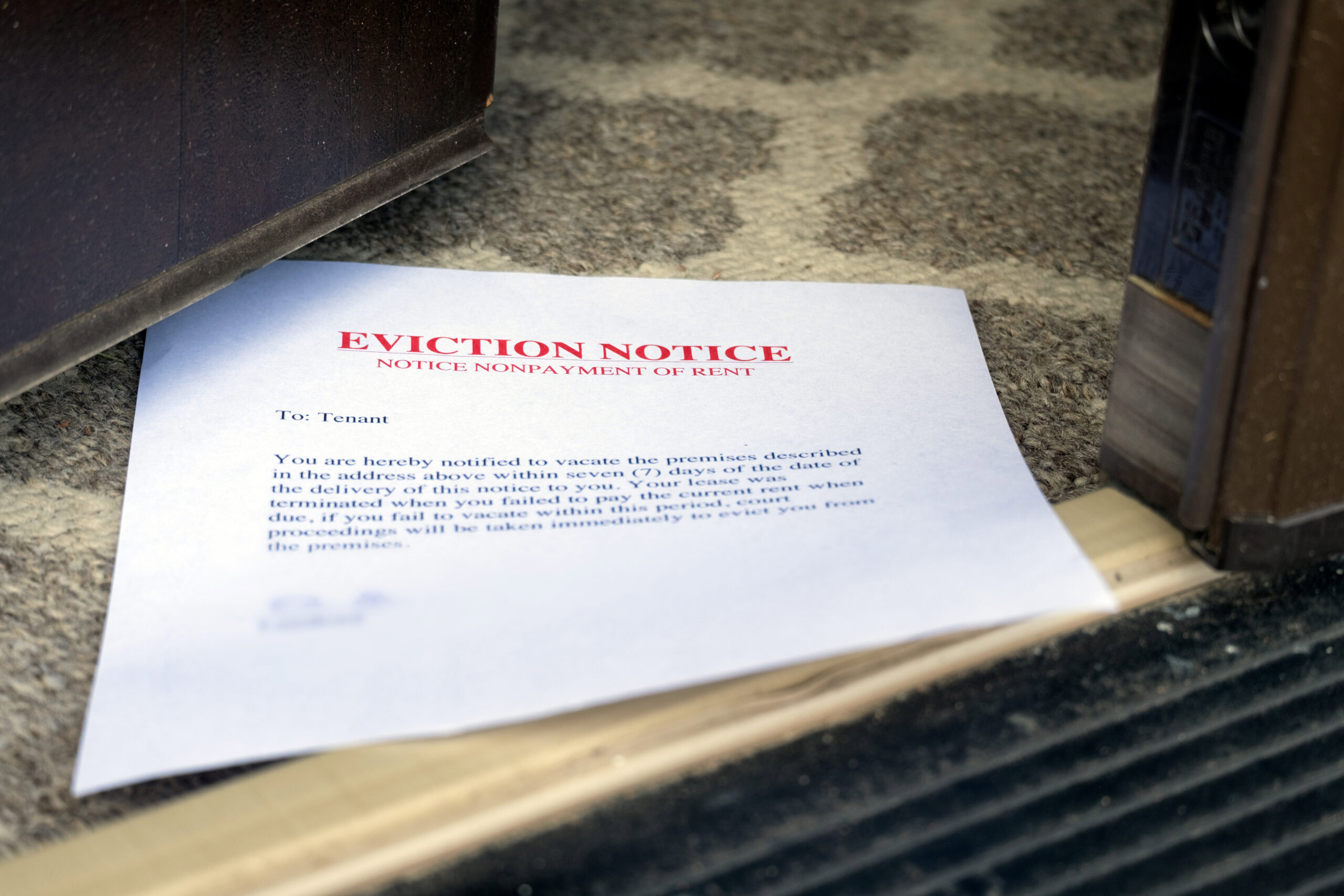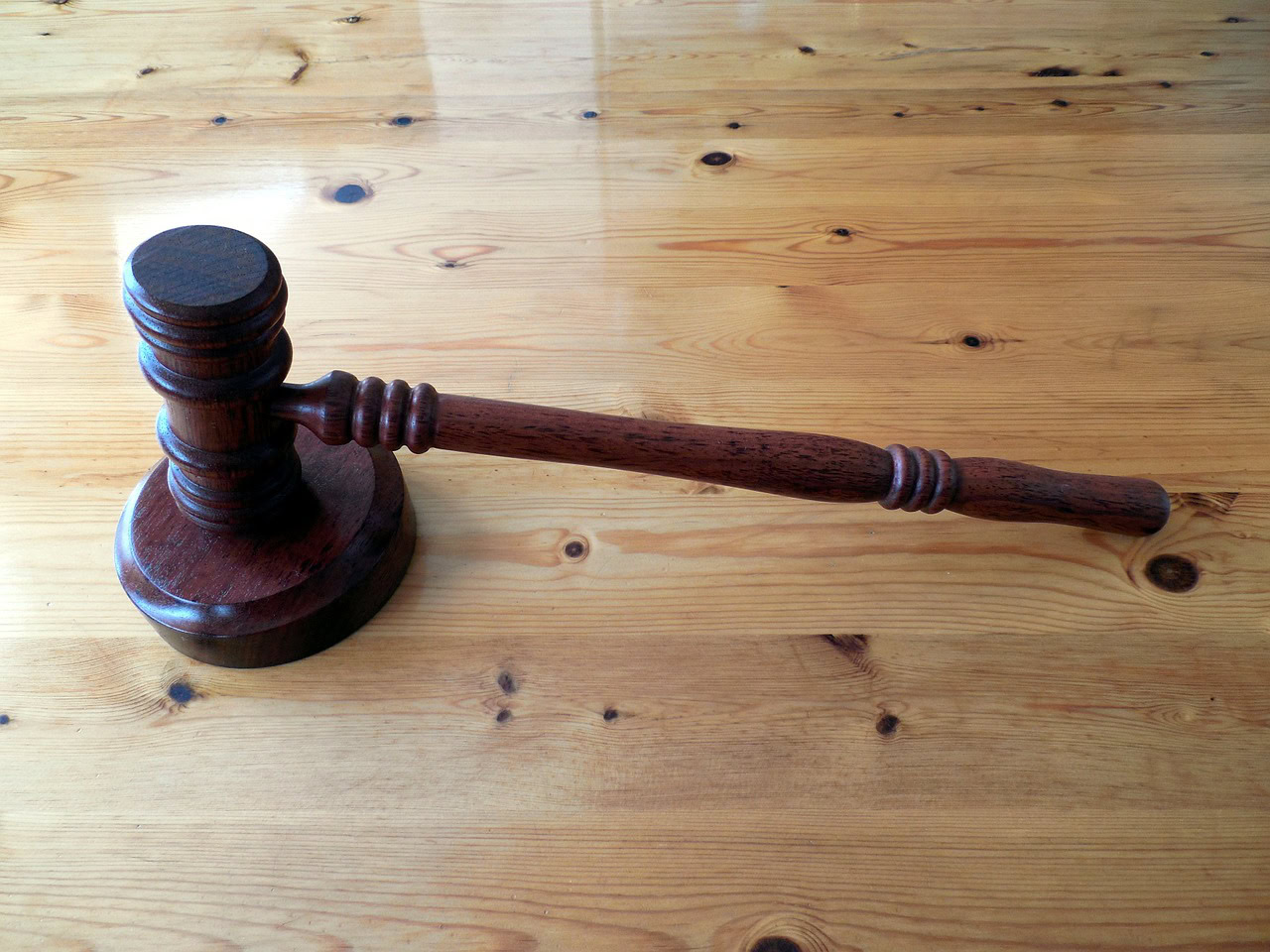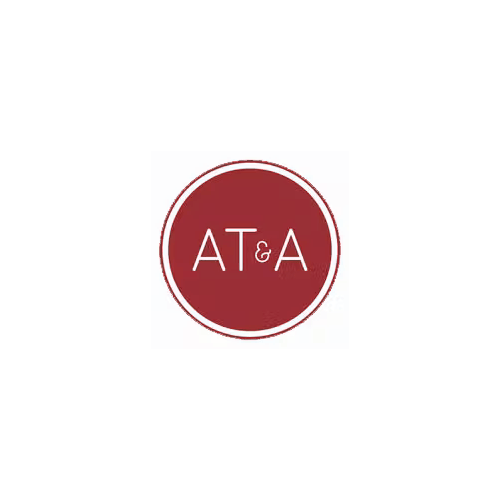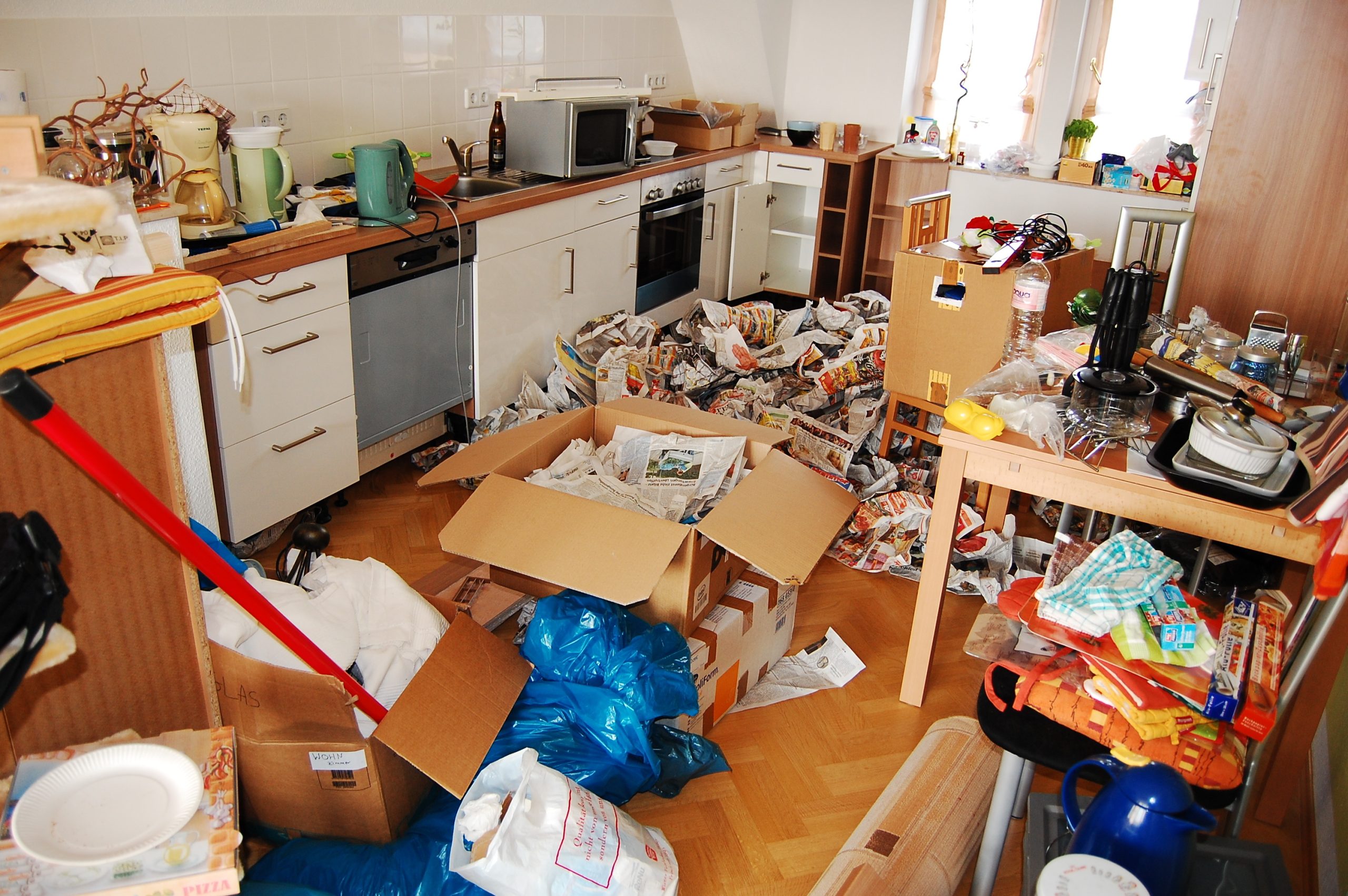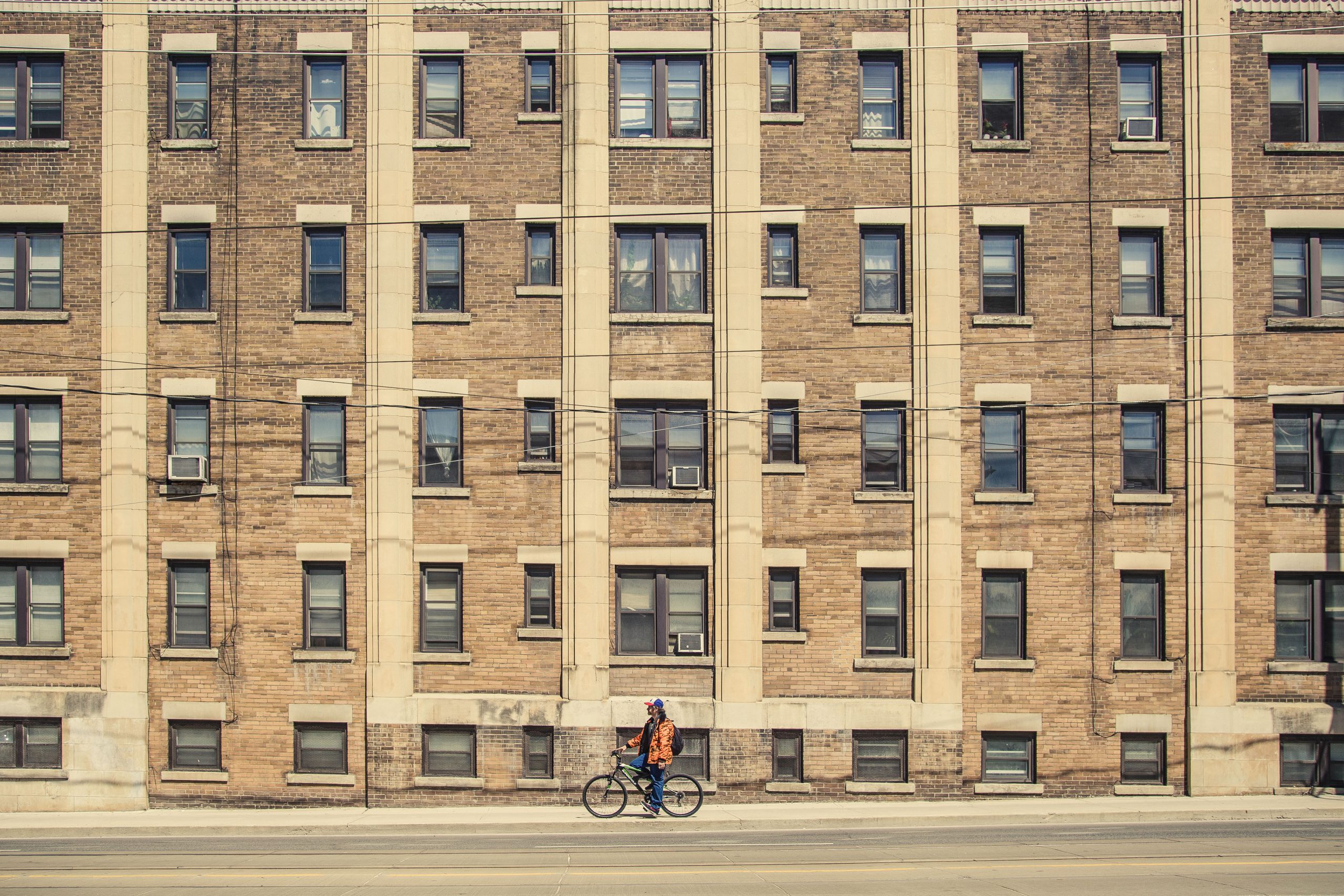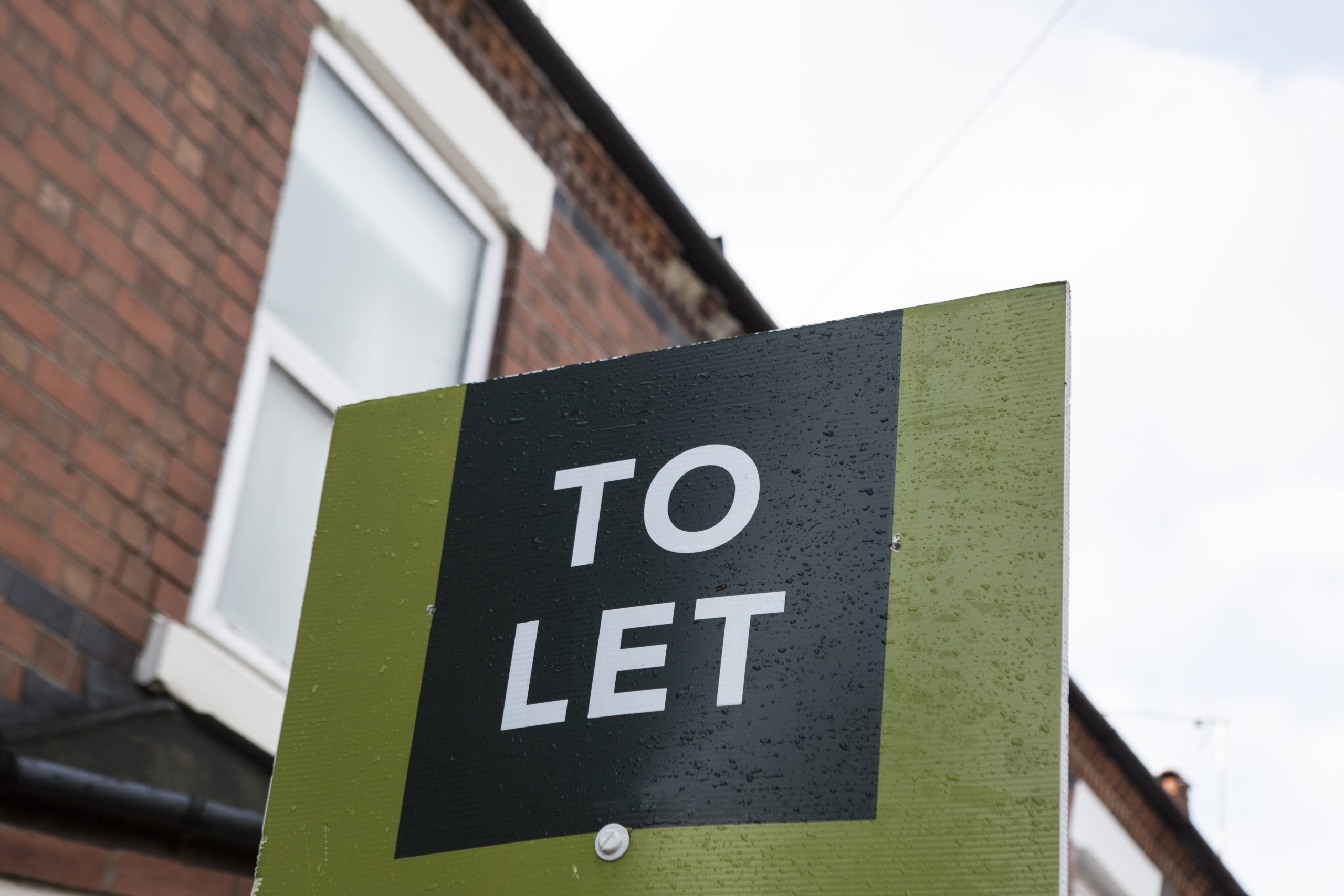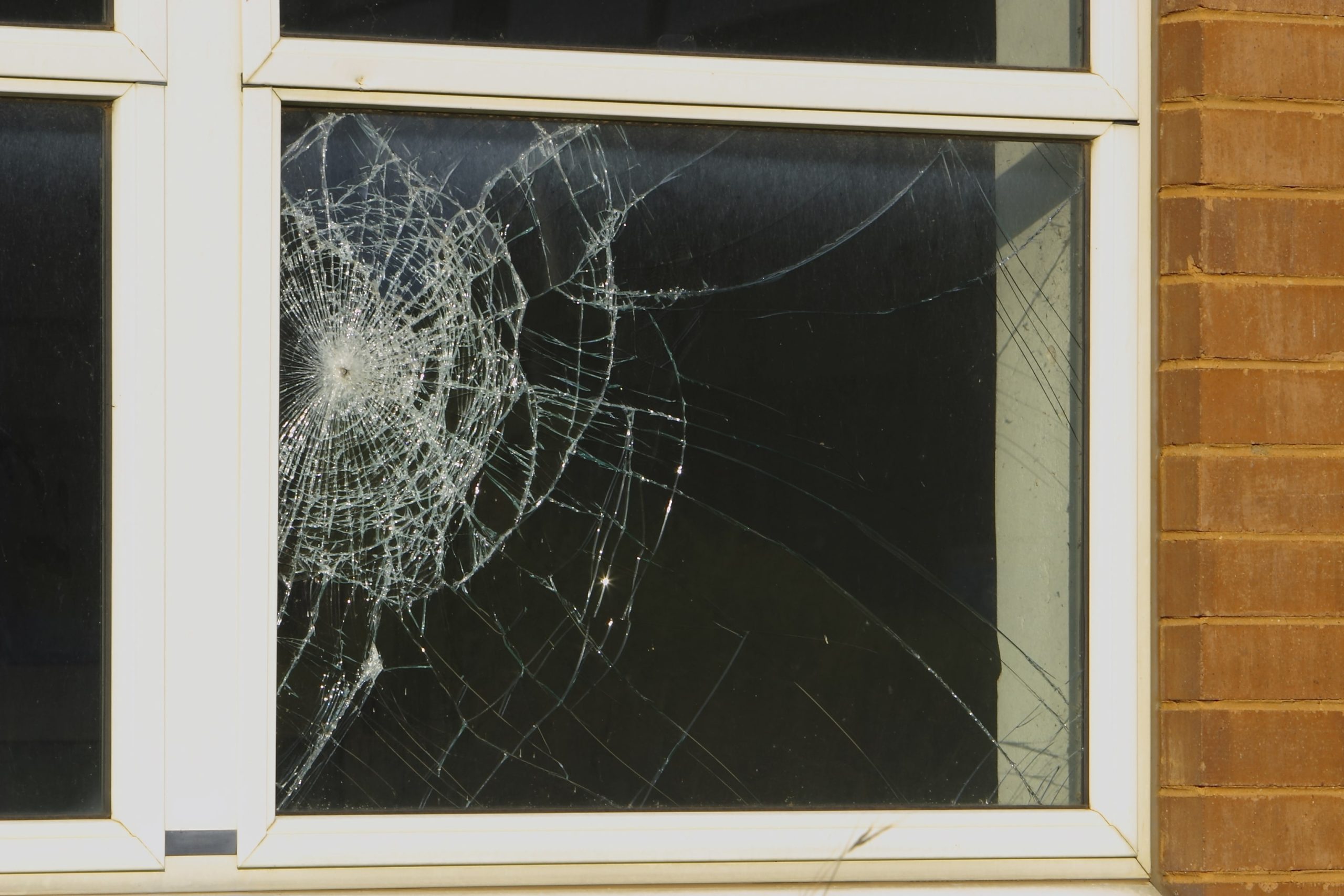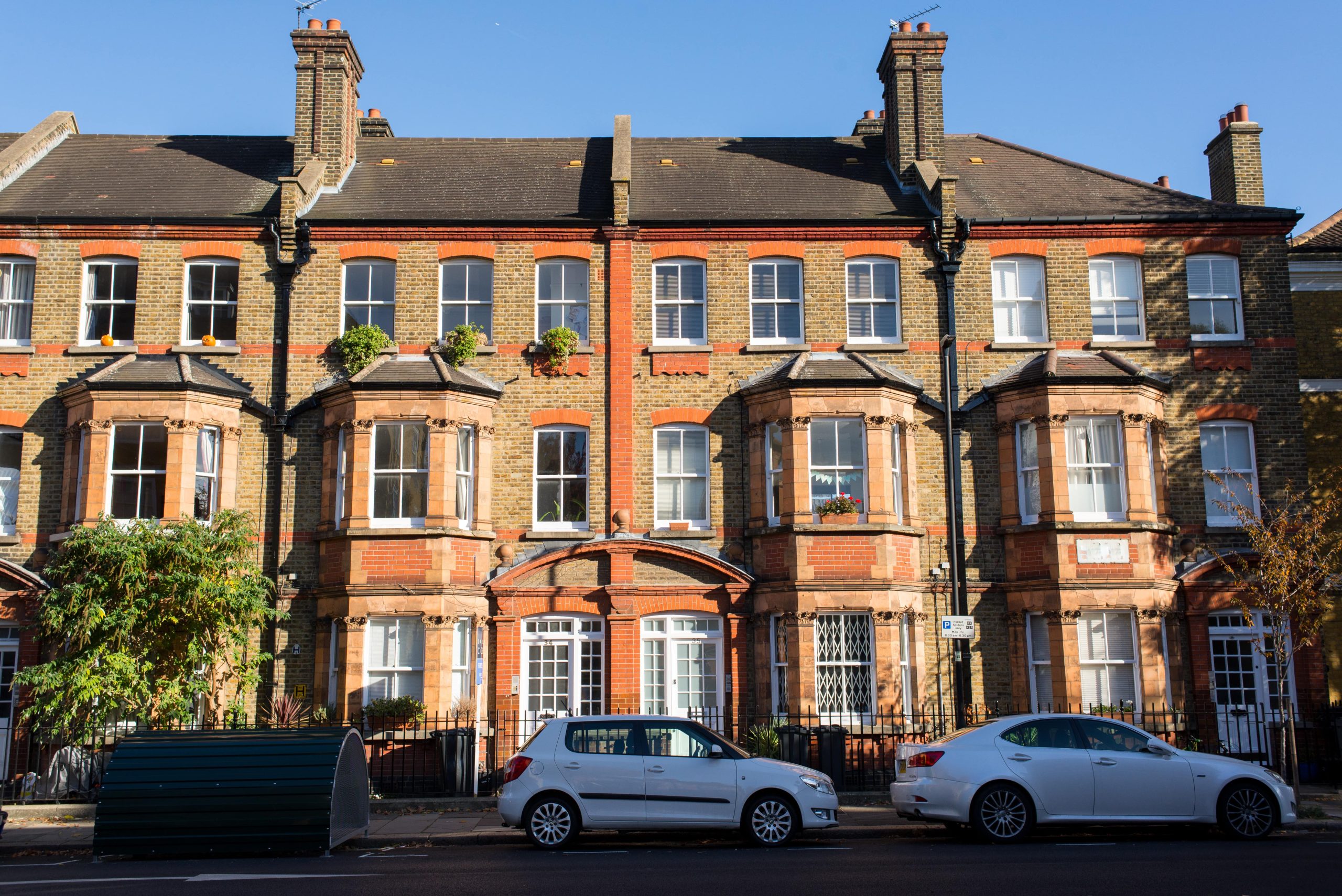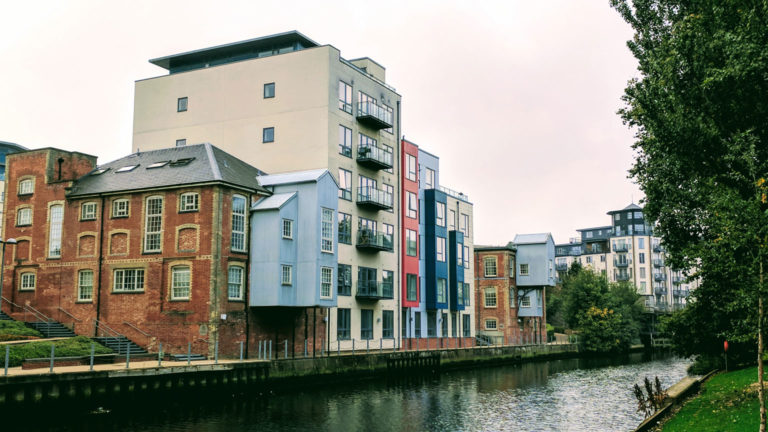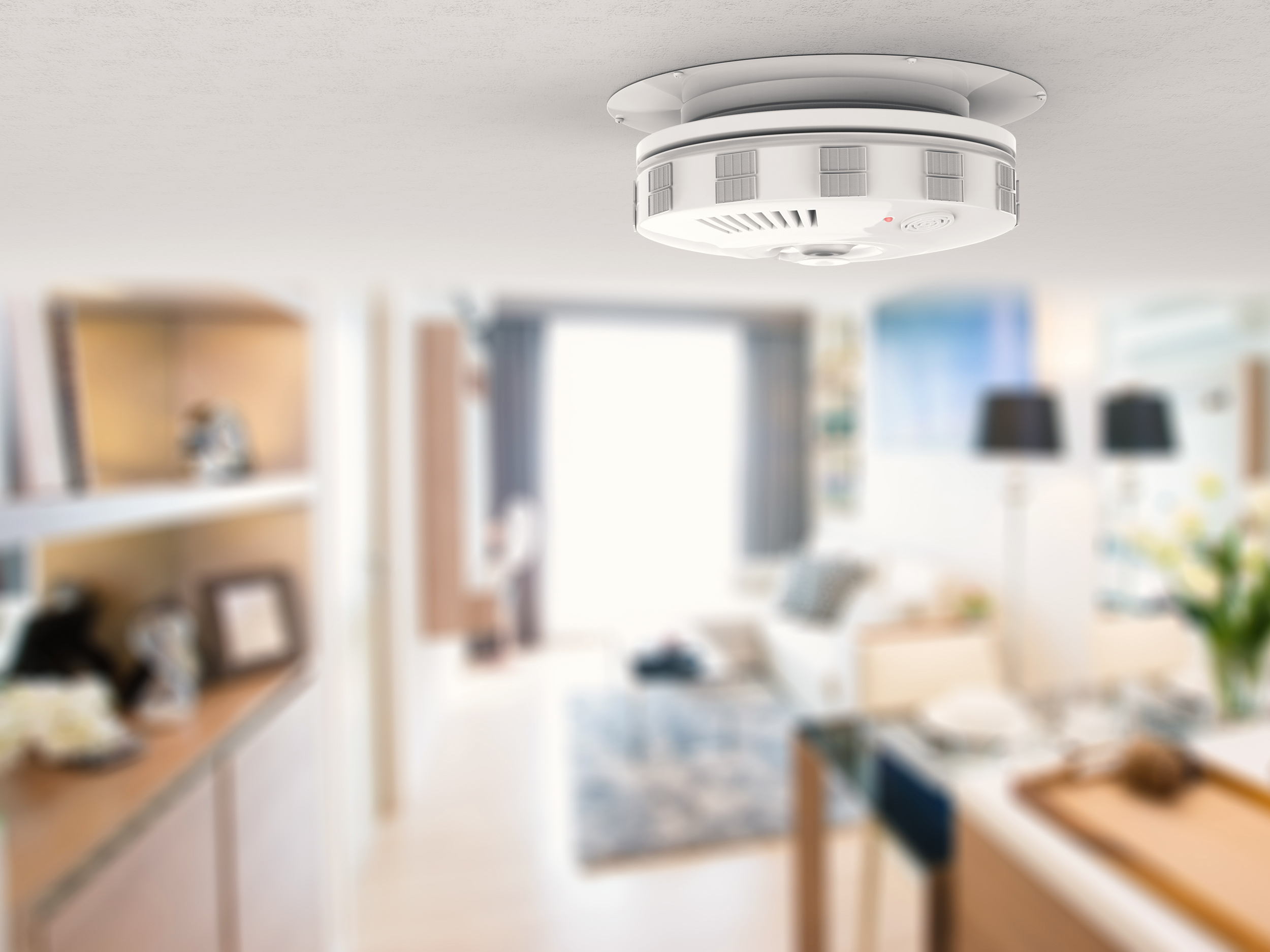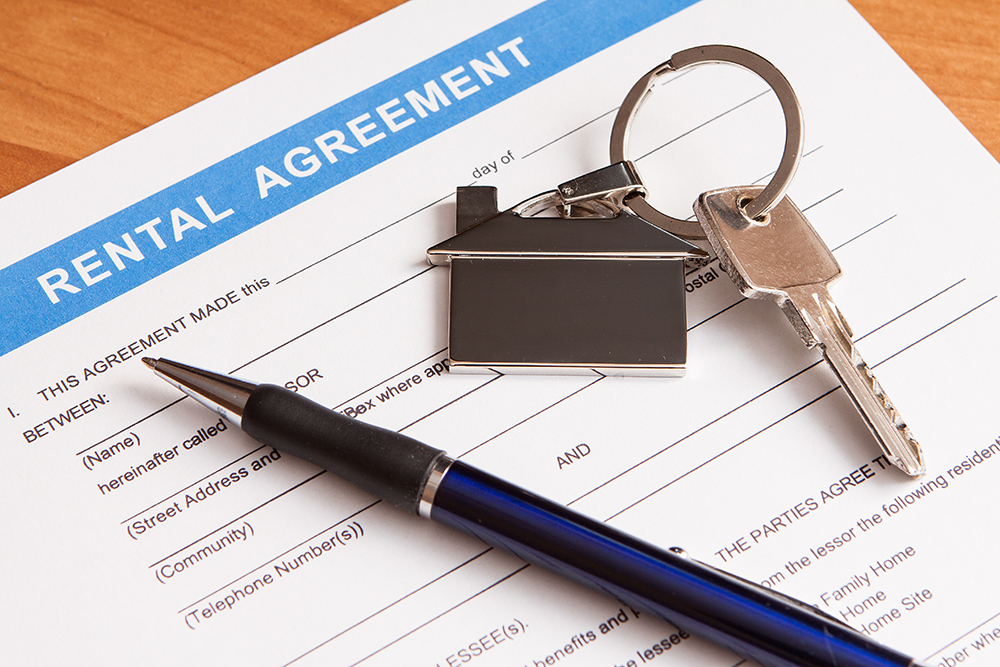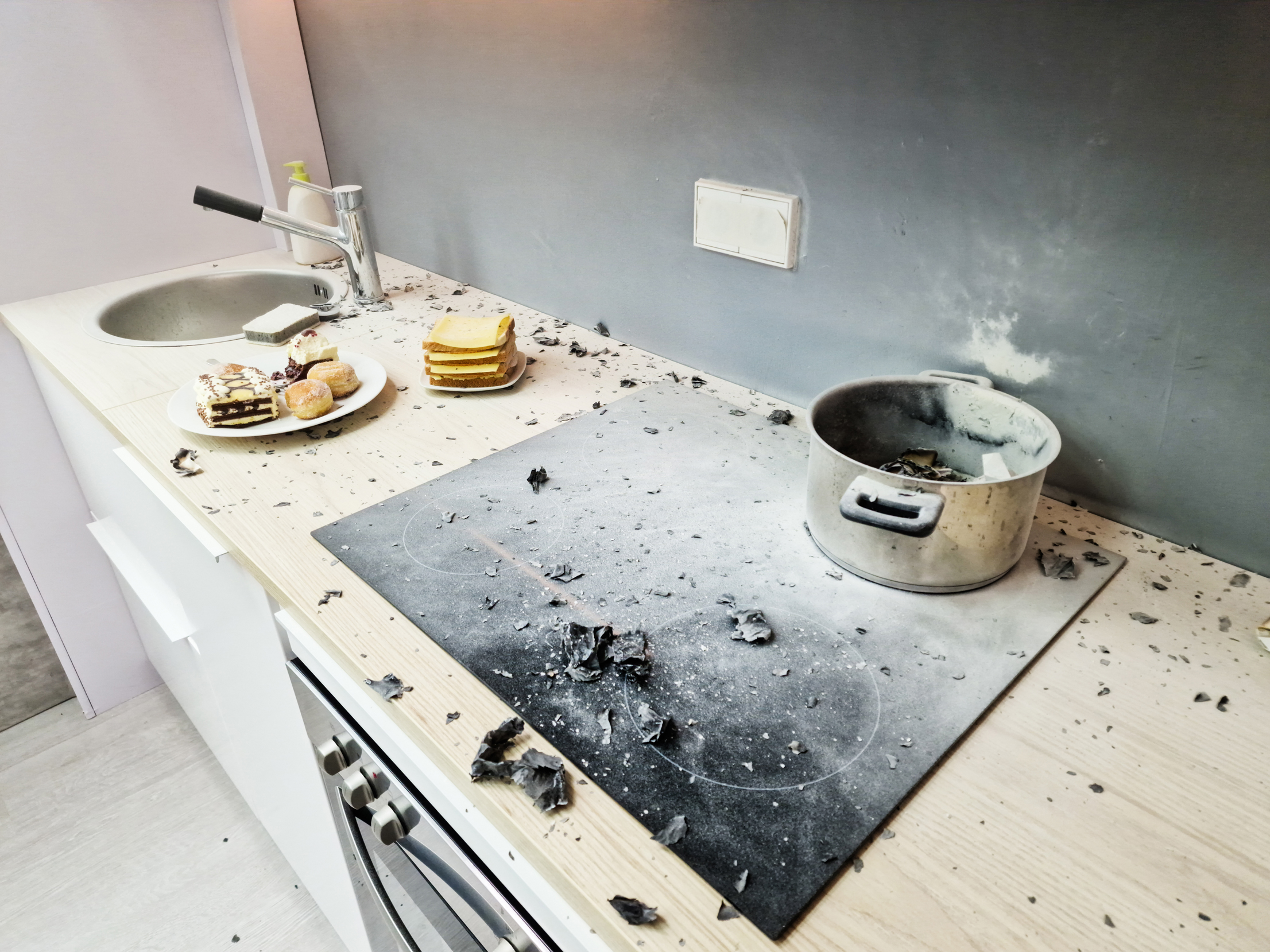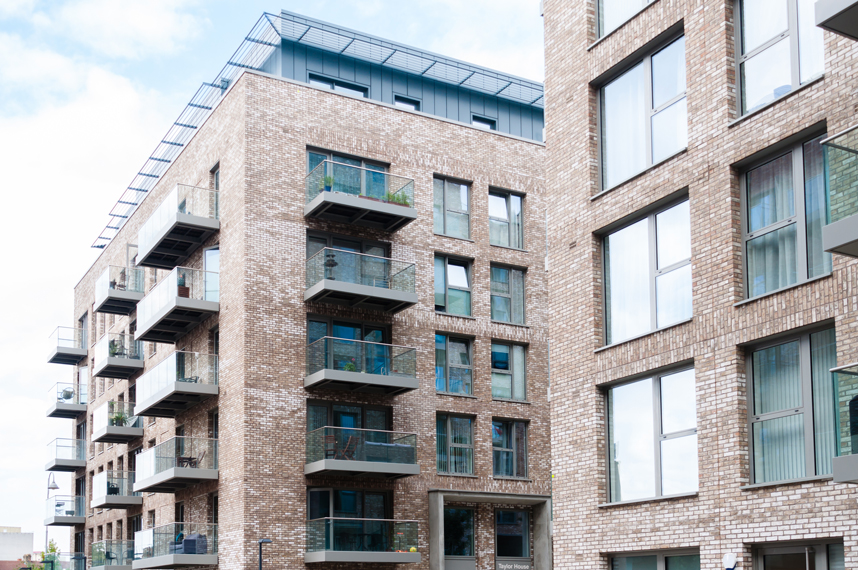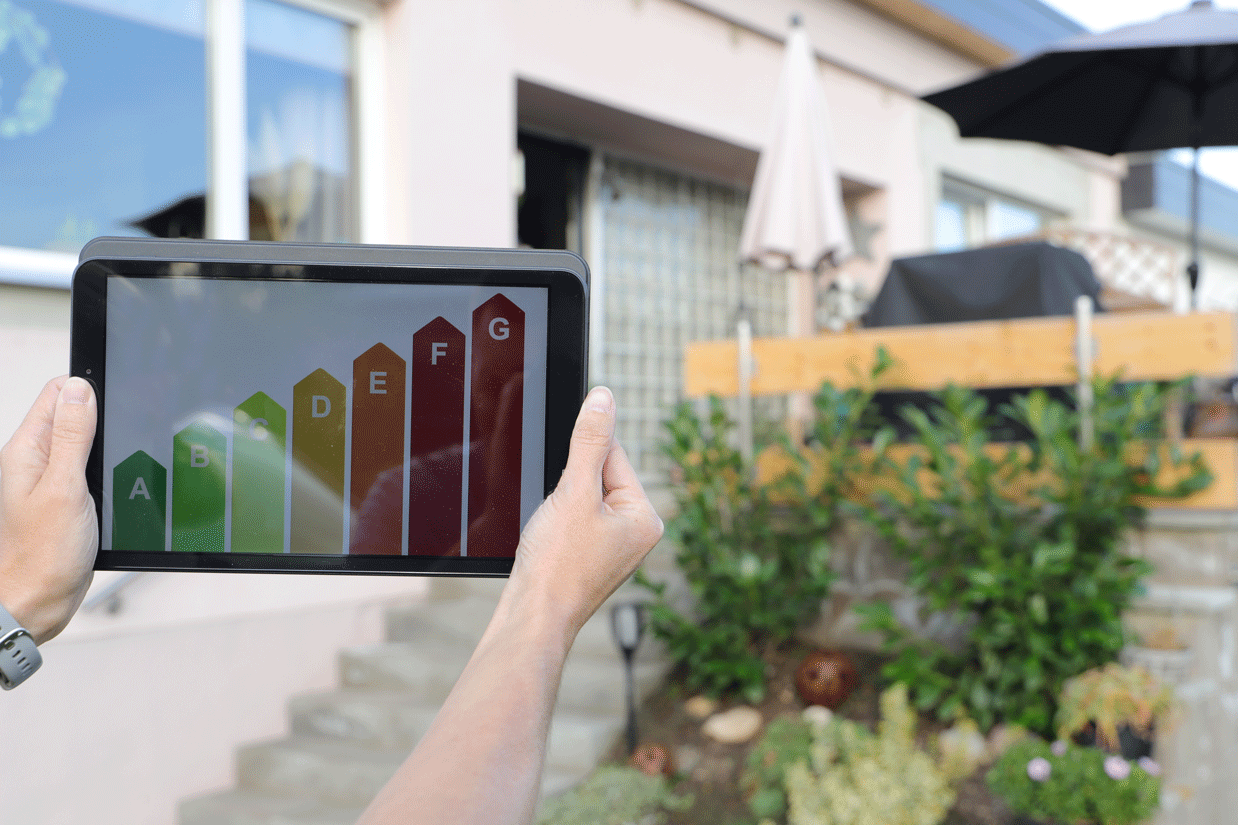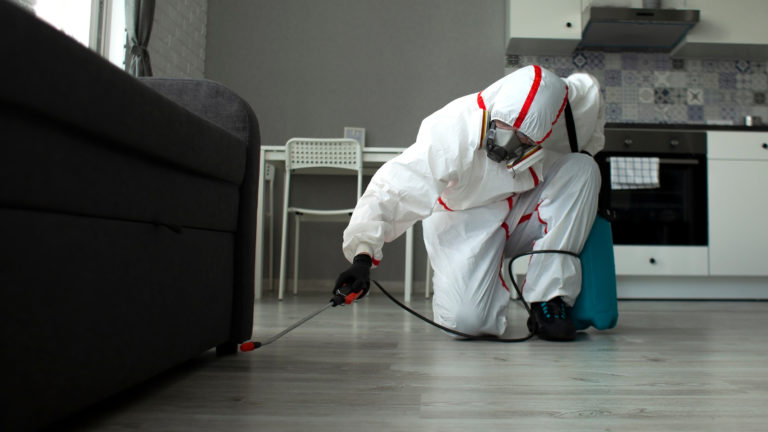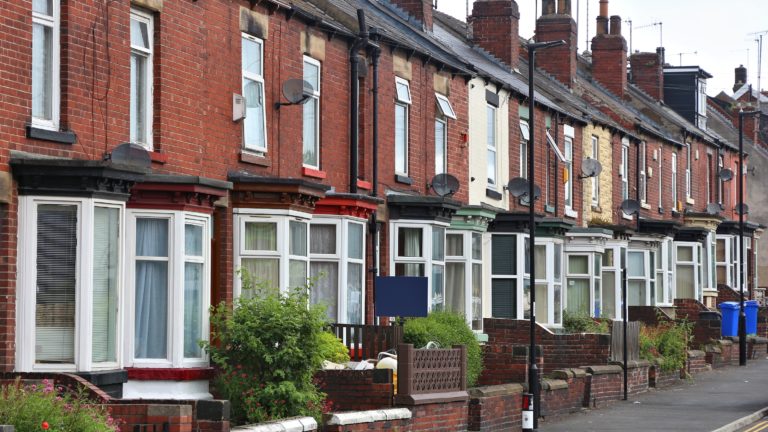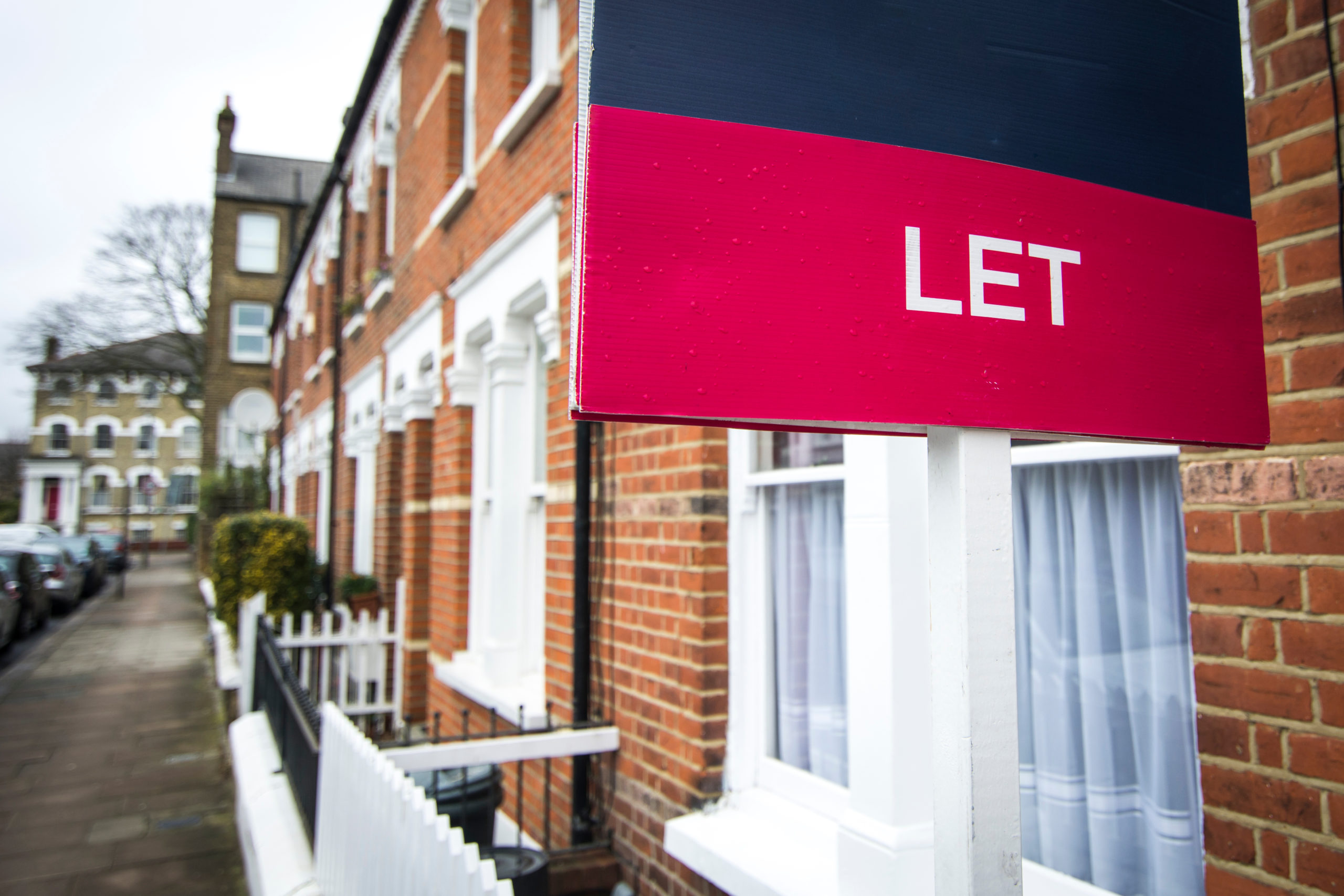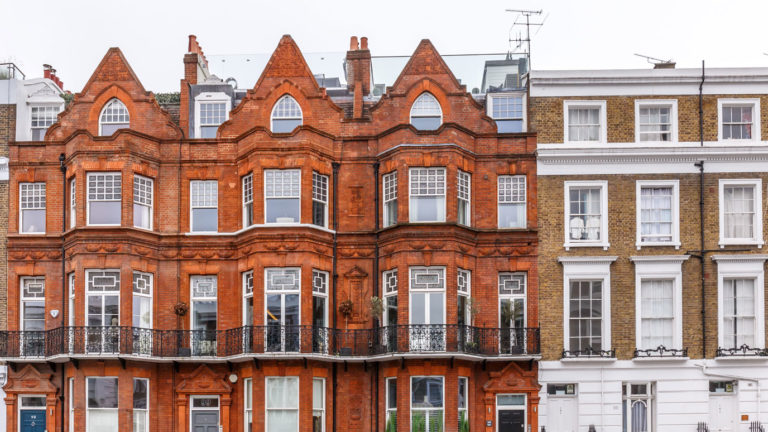In October 2025, Awaab’s Law will come into force. As the latest housing disrepair law, it means social housing landlords must deal with emergency hazards, such as damp and mould, within a specific time frame. Landlords that don’t follow the new rules can be prosecuted. The Renters’ Rights Bill is expected to extend Awaab’s Law to apply to privately rented homes.
Here’s what Awaab’s Law means for both letting agents and landlords and how it affects the private rental sector.
What is Awaab’s Law?
Awaab’s Law is named in memory of Awaab Ishak, who was two years old when he died from a respiratory condition after being exposed to mould at his home in Rochdale in 2020.
The new law is being phased in from October 2025 and will force landlords to investigate and rectify problems with damp and mould within a specified time frame. So far, these specific time frames have not been confirmed. Landlords who fail to fulfil their obligations can face prosecution.
The aim is to improve housing standards and provide tenants with greater legal rights in cases of poor living conditions. The legislation is being phased in and will incorporate wider hazards as defined under the Housing Health and Safety Rating System (England) Regulations 2005 from 2026 and 2027
Awaab’s Law will be officially part of Section 42 of the Social Housing Regulation Act 2023. When it becomes law, it will be one of several housing disrepair laws that are already in place, including Section 11 of The Landlord and Tenant Act 1985 and the Homes (Fitness for Human Habitation) Act 2018.
Awaab’s Law, phase one
The first phase of Awaab’s Law proposes that landlords (or their representatives) must:
- Investigate hazards they’ve been informed of within 10 working days and produce a written summary detailing their findings, which should be provided to the tenant within three working days. If repair works are completed before the end of the three working day period, a written summary is not required; however, the tenant must be informed of the repair work undertaken.
- Take action to repair hazards that pose a significant risk to health and safety within five working days of the report being produced.
- Complete repairs within a ‘reasonable time’.
- Fix emergency hazards (which are considered an immediate risk to health) within 24 hours.
- Provide suitable alternative accommodation if hazards cannot be rectified within the specified time frame or if they pose a considerable risk to tenants’ health and safety.
When it comes to deciding what poses a significant risk, landlords will need to think about tenants’ vulnerabilities (if any). For example, babies, children, older people, or people who are immune compromised.
Awaab’s Law phases two and three
The second phase of Awaab’s Law will be introduced in 2026, extending the number of hazards that must be addressed within the specified time frame. This will include hazards such as excess cold, excess heat, structural collapse, electrical dangers, and hygiene risks.
In 2027, the law will extend to include all hazards considered a risk to health. The full list can be found in the Housing Health and Safety Rating System Regulations 2005 but includes:
- Asbestos
- Carbon monoxide
- Lead
- Radiation
- Noise
- Water supply
How does Awaab’s Law impact tenants?
Housing standards laws clearly state that rental properties must be ‘fit for human habitation’. Statistics show that in 2023, 7% of rented social housing had damp problems; 4% had ‘category one’ hazards, which pose serious risks and can lead to death, permanent paralysis or loss of limbs.
The introduction of Awaab’s Law will mean tenants can hold landlords accountable for poor living conditions. Tenants will also benefit by having a clear legal route if their concerns are not addressed quickly or effectively.
Ultimately, the long-term goal is to improve housing standards to ensure tragedies such as Awaab’s death don’t happen again.
How does Awaab’s Law affect letting agents and landlords?
Landlords and their representatives will be held more accountable for the conditions of the homes they rent out. It also adds another layer to landlord responsibilities. That said, meeting minimum housing standards and dealing with tenant requests are all part and parcel of renting out property. If you’re either a letting agent or landlord, you can stay compliant by:
Setting out a clear process
Having a clear set of guidelines for investigating and managing hazards can help speed up the whole process. If you’re part of a lettings team, everyone should understand what this process entails, how to initiate an investigation, and who to contact to assess or resolve the problem.
Remember that it’s also important to keep a record of correspondence between all the parties involved. This should help clarify timelines and detail who is accountable for an issue. This information can also provide evidence if a claim is made against your agency or the landlord.
Having a list of reliable contractors
As an agency, you’ll likely already have a list of contractors to choose from. It’s worth double checking your lists to ensure there’s a good selection of contractors so you’re not caught out in an emergency.
Carrying out regular building inspections
Regular maintenance and checking buildings for signs of damage can help reduce risks in the first place. For example, ensuring gutters are cleaned to minimise debris and blockages can help prevent damp from seeping into homes. Similarly, ensuring bathrooms and kitchens have proper ventilation systems can also help prevent damp and mould.
Will Awaab’s Law affect the private rental market?
Yes. The intention is that Awaab’s Law will be included in the Renters’ Rights Bill, which is expected to pass into law by the end of 2025.
What are the health risks of damp and mould?
The World Health Organization considers mould a form of indoor air pollution. Mould spores (which grow in damp conditions) contain toxins that can cause a range of illnesses affecting people’s lungs and airways. Mould can also cause skin and eye irritation.
The longer someone is exposed to mould, the greater the impact on their health. The dangers of mould affect everyone, but the young, elderly, and those with underlying health conditions are at greater risk of becoming seriously ill.
What causes damp and mould?
Damp is caused by the build-up of moisture. It can affect everything in a property, from the structure (walls, floors, ceilings) to furniture and soft furnishings.
Damp provides the right conditions for mould and other damaging microorganisms to grow. There are four main types of damp:
- Condensation damp – caused by moisture created within the property (for example, because of poor ventilation).
- Penetrating damp – from water seeping into the building from outside (such as rainwater leaking from clogged gutters or from a damaged roof).
- Rising damp – when moisture rises from the ground into the building (this can happen if there is no damp proof course or if it’s been damaged).
- Traumatic damp – this occurs due to a sudden (usually one-off) event, such as a burst pipe, flooding, or a leak.
How can landlords and tenants prevent damp and mould?
Each type of damp has a different root cause, so it’s crucial to determine what type of damp is causing the issues.
If a property is damp due to structural faults, it is usually the landlord’s responsibility to repair it. This could include missing roof tiles or rotting window frames, which allow rainwater to enter the property. As a letting agent, conducting building inspections can help you identify the early signs of structural damage or wear and tear. These can then be addressed before they start to cause serious problems.
Condensation damp can be trickier to assess, but poor ventilation and heating can contribute to issues. Lack of insulation can also cause damp. These issues would be the landlord’s responsbility to resolve.
Tenants can help minimise long-term damp and mould growth by reporting signs of damp as soon as possible. Tenants can also reduce condensation damp by ensuring rooms are well-ventilated, especially when drying clothes indoors. Vented tumble dryers should also have their vent hoses directed outside.
Does insurance cover damp and mould?
Damp and mould are not covered by landlord insurance. In most cases, they won’t be covered under public liability or legal expenses either. This is because damp and mould are generally the result of an underlying problem that can be prevented by regular maintenance. For example, you can avoid penetrating damp by ensuring roofs, gutters, windows and door frames are properly maintained.
Unexpected events, such as burst pipes or flooding, are typically covered under building insurance, but damage from any resulting damp won’t be.
As a letting agent, the best advice you can give landlords is to ensure properties are properly maintained. If you’re contracted to manage the property on their behalf, it’s well worth carrying out regular building checks and establishing a simple, clear process for investigating and resolving reported hazards.
Remember, although insurance won’t necessarily help your landlords deal with damp, cover for unexpected events that cause structural damage is available (such as compensation for damage if roof tiles are missing after a storm).
For more information about the insurance products that can support your landlords, you can speak to one of our experts on 01603 649727.
Information provided in this article was correct at the time of publication. This article is intended as a guide only. Please note that legislation does change, it is always best to check the most up to date guidance on gov.uk.



